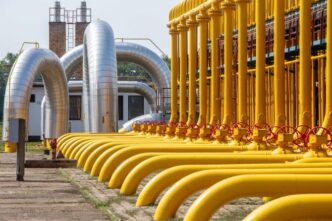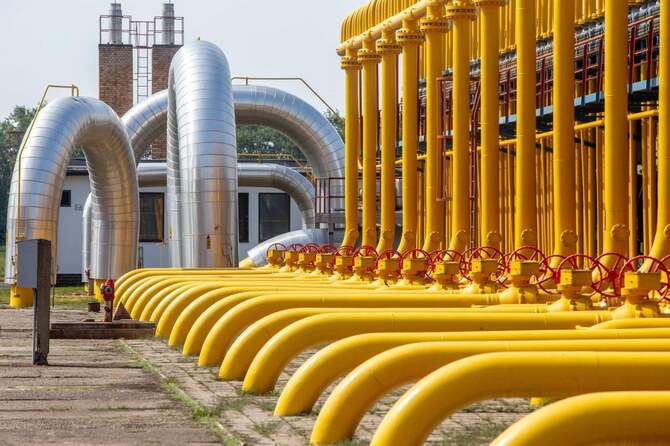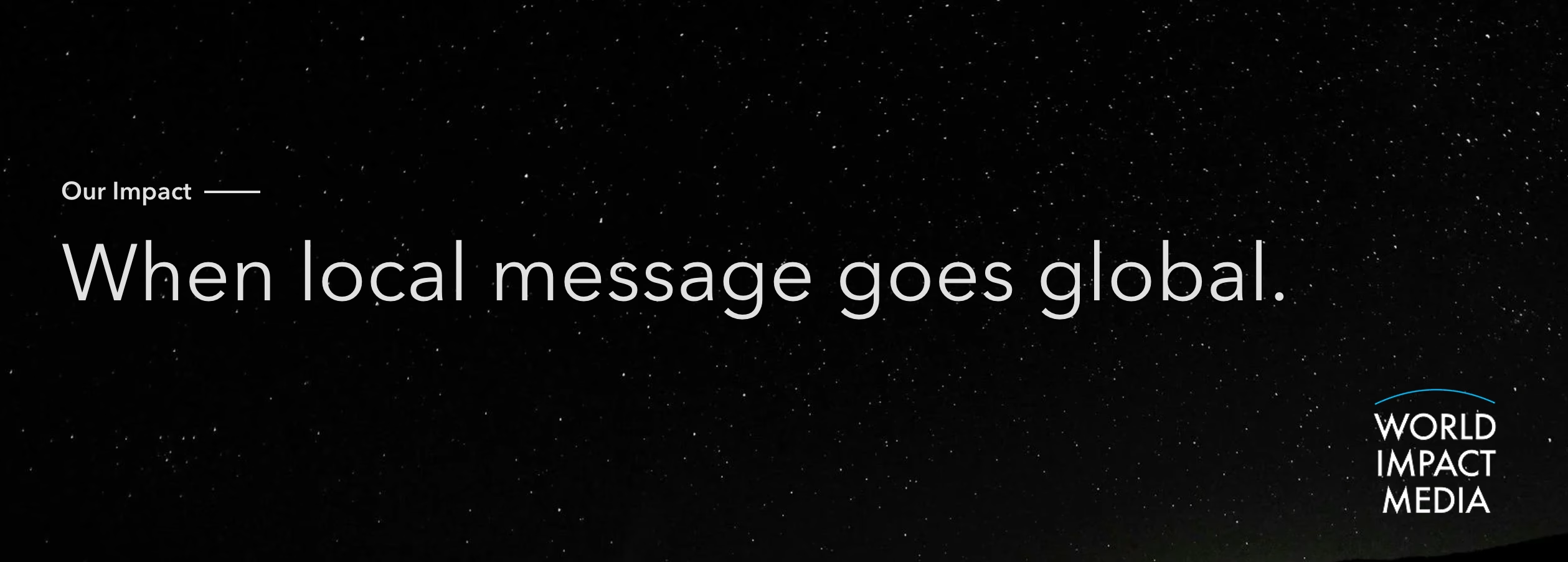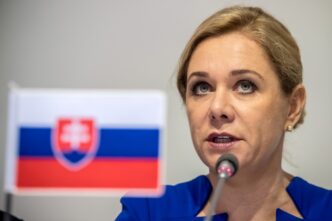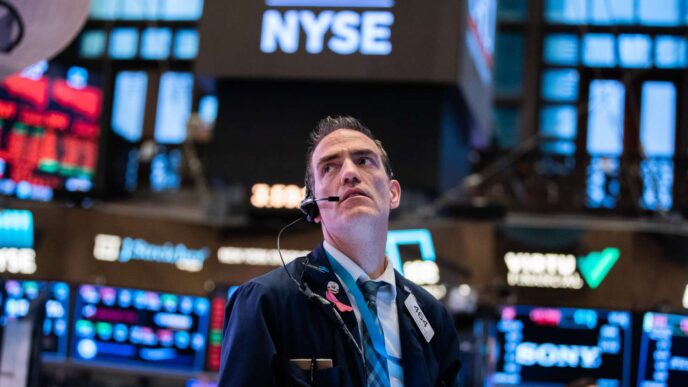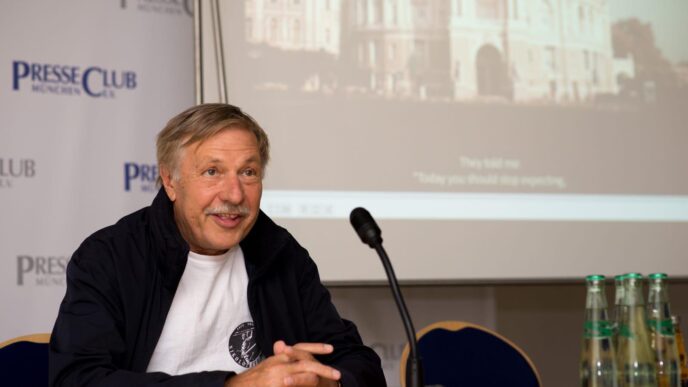A new report has revealed that Europe increased its imports of Russian gas last year, inadvertently funneling billions into Moscow’s war economy despite pledges to cut ties with Russian energy.
During his March 4 address to Congress, U.S. President Donald Trump remarked, “Europe has sadly spent more money buying Russian oil and gas than they have spent on defending Ukraine.” While Trump’s statements are often scrutinized for accuracy, this time, he may have been right.
According to a report released by energy think tank Ember, European purchases of Russian gas totaled €21.9 billion ($23.6 billion) last year—outpacing the €18.7 billion ($20.17 billion) in financial aid provided to Ukraine. This figure excludes military assistance, with the EU estimating that it has committed a total of $194 billion in military, financial, and reconstruction aid to Ukraine since the war began.
Despite previously announcing plans to phase out Russian gas by 2027, the EU instead increased imports by 18% in 2023, raising concerns about its energy policies. Ember stressed the need for a decisive shift away from fossil fuels, stating, “The EU must move toward energy independence and stability by outlining a clear roadmap to eliminate Russian gas from its supply chain.”
Ukraine’s Frustration with European Dependence
Ukrainian officials have voiced their frustration over the continued reliance on Russian energy. In January, Vladyslav Vlasiuk, an adviser to Ukraine’s president, urged EU ambassadors in Kyiv to take action, saying, “It’s time to cut off the financial pipeline fueling Russia’s aggression.”
Energy expert Yiannis Bassias echoed concerns over European dependency, noting, “Europe increased imports of Russian gas in 2023 and 2024, and it will likely import even more in 2025 because the U.S. cannot fully compensate for the shortfall.” In 2024, Russian gas supplied 45 billion cubic meters (bcm) to Europe, compared to 57 bcm from the United States.
The Decline of Russian Gas in Europe
While Russian gas imports have recently risen, they are still a fraction of their pre-war levels. In 2019, Russian gas accounted for 179 bcm of Europe’s supply, but by 2024, that figure had plummeted to just 31 bcm, according to the Oxford Institute for Energy Studies (OIES). Projections suggest that number could drop to as low as 16-18 bcm in 2025.
The decline is largely due to the collapse of key pipeline infrastructure. The Nord Stream I and II pipelines—capable of delivering 110 bcm annually—were sabotaged in September 2022. The Yamal pipeline, which runs through Belarus and Poland, was halted by Russia in 2022, and Poland later imposed an official ban on Russian gas imports. Additionally, Ukraine did not renew a five-year transit contract that expired in December 2023, further reducing gas flow into Europe.
The only remaining Russian gas pipeline to Europe, TurkStream, has a limited capacity of 20 bcm per year and supplies gas through Bulgaria and Serbia to Hungary.
The Future of Russian Gas in Europe
As the war continues, discussions persist over whether Russian gas could make a comeback in Europe if a ceasefire or peace deal is reached. OIES director Jonathan Stern suggests that any return to previous levels would be slow and complex, requiring sanctions to be lifted, arbitration of financial disputes, and major infrastructure repairs.
Beyond gas, Europe has also attempted to wean itself off Russian oil, with mixed results. Official imports of Russian oil have fallen by 90% since sanctions were imposed in December 2022. However, illicit shipments—largely facilitated by Russia’s shadow fleet—continue to enter the market. The Kyiv School of Economics estimates that Russian crude and petroleum sales still generated $189 billion in revenue last year, up from $178 billion in 2023.
Energy Politics Versus Economic Reality
Ember’s report warns that European investment in gas infrastructure could result in an energy surplus of 131 bcm by 2030, diverting resources from renewable energy projects and exposing the region to further price volatility.
Not everyone agrees. Stern argues that gas remains an essential component of Europe’s energy mix, stating, “If gas was a dead-end investment by 2030, governments wouldn’t still be spending money on new infrastructure. By 2050, that answer may be different.”
Energy analyst Miltiadis Aslanoglou highlights the geopolitical reality, noting, “Europe has sent Russia a message: ‘We don’t depend on you.’ However, completely severing ties is diplomatically difficult, as Russia remains a neighbor and a key energy player.”
Some analysts even suggest that the EU’s continued purchases are keeping Gazprom—the Russian state-owned energy giant—on life support. “Gazprom is no longer the trillion-dollar powerhouse it was five years ago,” said Aslanoglou. “With an aging pipeline network and financial struggles, its future remains uncertain.”
The Battle Over Russian Energy Revenues
For Ukraine, eliminating Russia’s energy revenues has become a priority. Long-range drone strikes targeting Russian energy infrastructure suggest a shift in Kyiv’s strategy. In January and March, Ukraine launched drone attacks on the Russkaya compressor station, which pressurizes gas flowing through TurkStream. In February, Ukrainian drones damaged Russia’s oil offloading terminal in Novorossiysk, disrupting crude exports.
In response, Russian President Vladimir Putin has prioritized securing the Black Sea, potentially to prevent further Ukrainian strikes on critical energy facilities.
Europe’s Energy Crossroads
The debate over Russian gas reflects a broader tension between economic interests and geopolitical strategy. While the EU remains committed to reducing Russian energy dependency, practical considerations have led to a slower-than-expected transition.
Meanwhile, the International Energy Agency (IEA) reports that global decarbonization efforts are yielding results. Despite a 2.2% rise in global energy demand last year, carbon emissions only increased by 0.8%—a sign that renewable energy expansion is offsetting fossil fuel consumption.
Ember maintains that Europe’s best course of action is to accelerate its transition to clean energy, which would not only weaken Russia’s economic leverage but also strengthen Europe’s energy security and climate resilience.
“The EU has a chance to lead the world in sustainable energy,” Ember’s report concludes. “By decisively cutting Russian gas imports and investing in renewables, Europe can align its economic strategy with its geopolitical values.”

